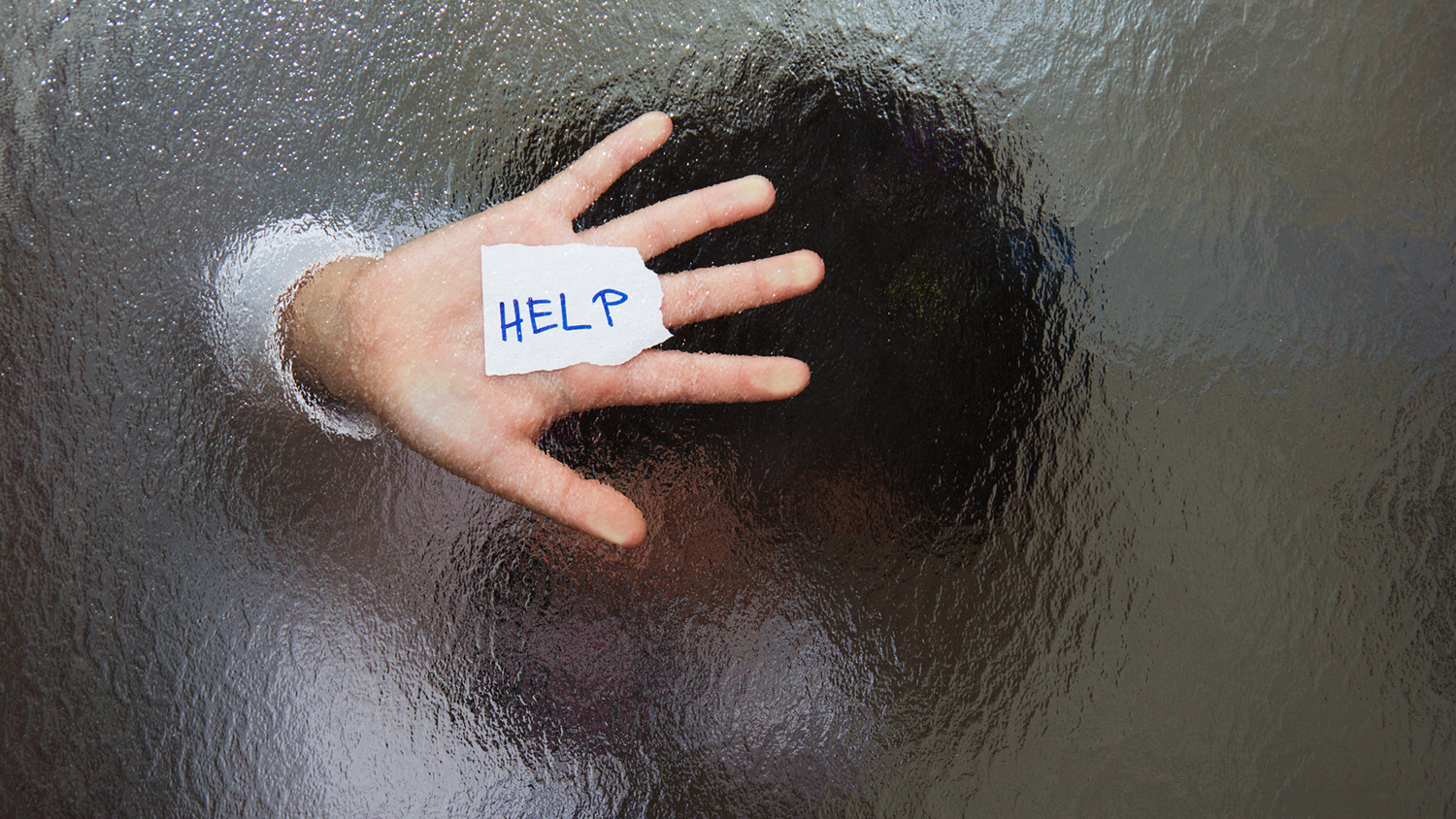WASHINGTON, D.C. — I was raised in the Roman Catholic Church. When I lived at home before college, my family and I went to church every Sunday. I got ashes on my forehead every Ash Wednesday. When I was accepted into Georgetown University, my delighted grandmother called it Catholic Harvard.
I knew I was Catholic, but I did not know how much I loved journalism. I did not know the thrill of chasing leads and interviewing sources or how much fun it could be to work in a crowded college newsroom. I learned that as a news staff writer at Georgetown’s student newspaper, The Hoya, the fall semester of my freshman year.
One day, my editor asked me and a few other reporters to join an investigative initiative eventually dubbed “The Georgetown 14.” She charged us with digging through Catholic archives to look for abnormalities that would suggest a priest affiliated with Georgetown was relocated frequently, suggesting a history of sexual abuse.
Together, we found 13 priests and one nun who were accused of sexual misconduct, charges verified by media reporting, public church statements or university archival material. My main assignment was investigating William Walsh, a pedophile who abused his young nieces and worked as a researcher and professor at Georgetown for stints in the 1960s, ’70s and ’90s.
The church relocated Walsh all over the world for a few years at a time— typical of other Catholic priests implicated in sex abuse scandals. In a 2018 report, the Maryland Province of the Society of Jesus, which oversaw Walsh’s ministry, deemed allegations against him credible. Walsh died as I just started my research in December 2018.
The story took me across the emotional spectrum.
As a young journalist, I felt euphoric when, after months of searching, I obtained old statements from a 1998 news conference with Walsh’s survivors.
As a human, I felt heartbroken reading a survivor recount in the statement: “it disgusts me to think that our childhood was sacrificed for his moments of sick pleasures.”
As a Catholic, I felt repulsed by myself and my church, and I felt regret for every dollar I put in a church collection basket for “legal fees.”
Despite Walsh’s survivors’ coming forward to the police and public, Walsh never faced criminal charges because the statute of limitations had run out before his nieces spoke out. Walsh lived out his days at the Colombiere Jesuit Community, a retirement home in Baltimore, where he was within one mile of four preschools.
The Hoya published the Georgetown 14 project in March 2019. The university did not issue a public response. However, they did strip one priest, Daniel O’Connell, of the title professor emeritus the week our investigation was published.
The Hoya’s reporting has continued on the topic. In January 2020, The Hoya published a story about a 15th priest, Alvaro Ribiero.
Now, more than two years after The Hoya published the original investigation, my roles as a Catholic and a student journalist have evolved.
The Catholic Church did not crumble after The Hoya’s report, of course, but I will never think of the church as an institution without thinking of Walsh’s survivors. I go to Mass less frequently now. On the journalism front, I am now the editor-in-chief of The Hoya, and an aspiring professional reporter committed to telling stories, even if they force me to confront my own complicity in systems of power.
A month ago, in a university-wide email, Georgetown announced that another priest, former Provost J. Donald Freeze, had been accused of sexual misconduct. The university revoked Freeze’s honorary degree and all other university-sanctioned recognitions.
We don’t know whether The Hoya’s previous reporting had any bearing on the university’s decision to release this information and take these actions. But it is clear there are more stories to be told.





